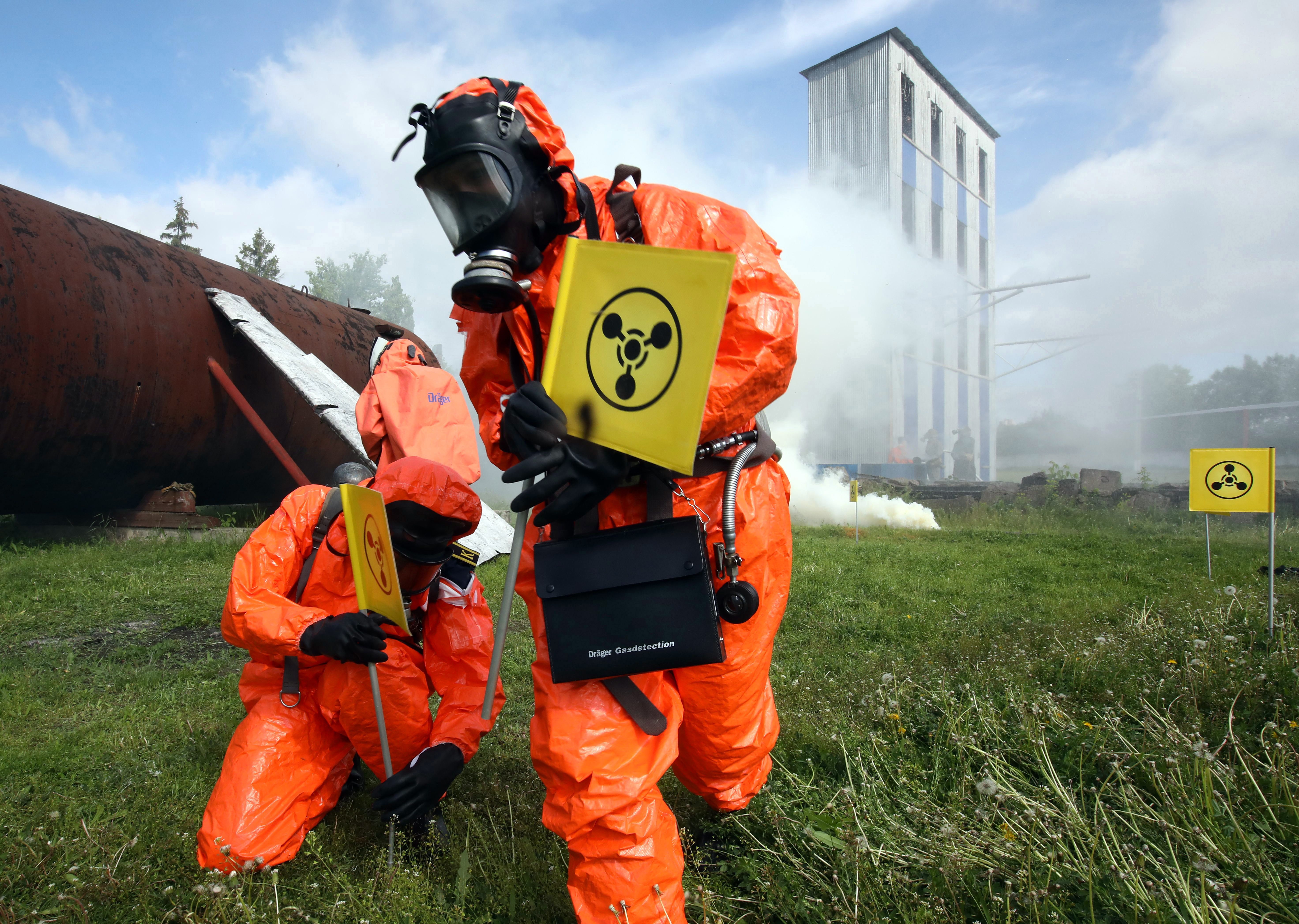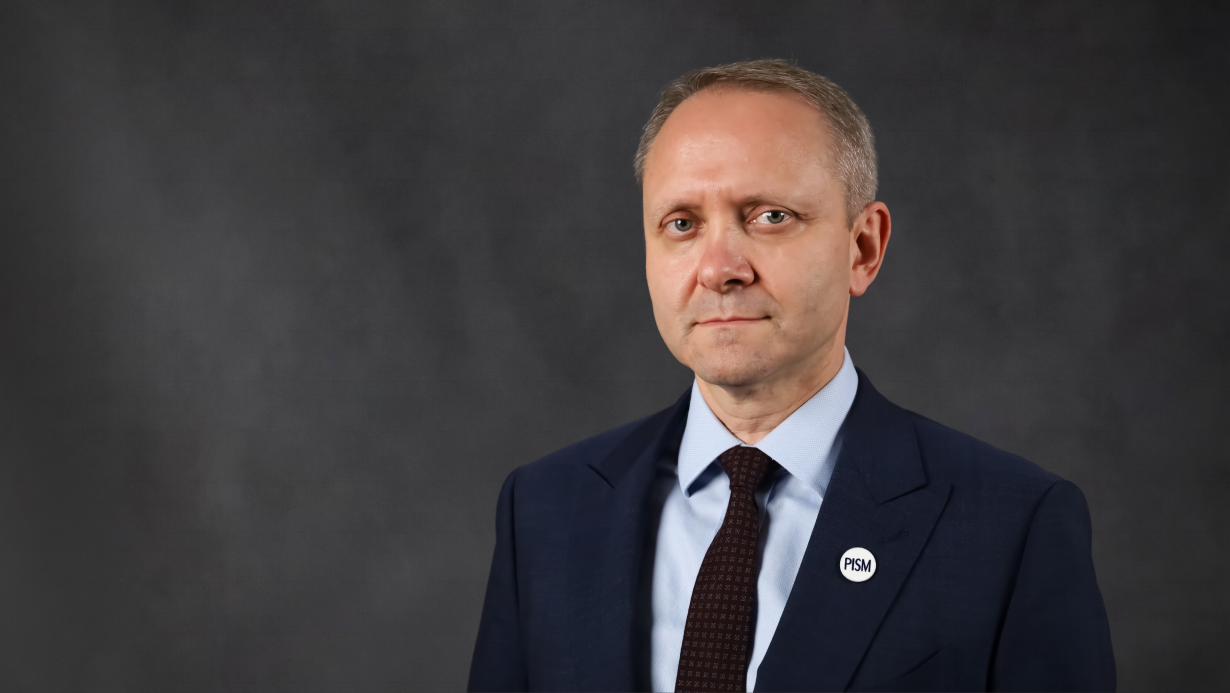Russia’s Use of Chemical Weapons: Consequences for NATO

At the beginning of September, German authorities reported that Navalny, one of the leaders of the Russian opposition, had been poisoned in Russia with the Novichok chemical warfare agent. The same substance was used in the 2018 attack on former Russian intelligence agent Sergei Skripal and his daughter in the British city of Salisbury. In both cases, Russia denied that it was behind the attacks or that it possessed chemical weapons prohibited by the Chemical Weapons Convention (CWC). The group of experts commissioned by the NATO Secretary General to prepare a report on reform of the Alliance indicated the need to strengthen the ability to defend societies and troops against such weapons and to deter opponents from using them. According to the authors, the Alliance should also support the work of the Chemical Weapons Prohibition Organisation (OPCW) so that it can effectively detect the perpetrators of attacks.
Russia’s Possible Goals in Using Chemical Weapons
Substances like Novichok are called fourth-generation nerve agents (neurotoxins), which are the world’s most toxic chemicals. One gram of the substance is theoretically enough to kill several thousand people. Russia, which is a party to the CWC, is not allowed to produce, possess, or stockpile any chemical substances for combat use. In 2017, Russia announced that it had completed the destruction of Soviet-era chemical weapons arsenals, which was confirmed by the OPCW, which oversees the implementation of the Convention. However, Russia has never officially admitted that work on Novichok was carried out by the USSR, and, therefore, these substances were banned but not under the organisation’s control. Only after the attack in Salisbury was the list of controlled substances completed, which may facilitate OPCW inspections in Russia and other measures.
The use of military-grade substances twice indicates that Russia either has not disclosed its entire chemical weapons programme or has resumed work on it. It is not known what amounts of the banned substance it possesses. The lack of official information on this subject also creates a problem with the attribution of responsibility to the Russian authorities when these weapons are used for assassinations. Nevertheless, it is unlikely that such substances, which can be produced only in state controlled laboratories, could be used without the consent of the highest Russian authorities. Such conclusions were reached, for example, by the British services after the attack in Salisbury and by the EU after the attack on Navalny.
By using chemical weapons, the Russian authorities may be trying to achieve several goals at the same time: one, to intimidate political opponents, and second, undermine the stability of the security system based on norms of international law and supported by confidence-building measures. They are also examining the reactions of NATO, the EU, and the U.S. to prepare further actions aimed at destabilising Western states and organisations.
NATO’s Response to the Use of Chemical Weapons
The 2018 use of Novichok in the UK was formally an attack on NATO territory with a weapon of mass destruction. After the Salisbury attack, the Alliance cut Russia’s mission to NATO from 30 to 20 people and expelled seven diplomats. Most of the Alliance countries have also expelled some of the Russian diplomatic corps. The U.S. additionally imposed economic and financial sanctions on Russia. The next confirmed use of chemical weapons took place on Russian territory, so it can be assumed that the reactions to the attack in Salisbury might have influenced the Russian calculations. At the same time, the fact that Russia once again used a weapon-grade substance after it was included on the OPCW list may be a clear signal and challenge to the West and NATO. Russia is pointing out that it has chemical weapons and is ready to continue using them in violation of international law. If it was only about intimidating the Russian opposition, it would be equally effective to use other methods.
Since in this case, the chemical weapon was used on Russian territory, NATO has had limited options to react. The Alliance called special meetings of the North Atlantic Council, during which Germany—where Navalny was taken for treatment—reported the detection of a banned chemical in his body. NATO condemned the attack and called on Russia to disclose its chemical weapons programme and to conduct an investigation under the supervision of the OPCW. The EU has imposed sanctions on six high-ranking Russian officials responsible for the development of military capabilities and overseeing the government services responsible for repression of Navalny. The sanctions also covered a research institute where former employees said Novichok was produced until 1994.
Challenges for NATO
Russia’s use of a weapon of mass destruction creates a number of political and practical challenges for NATO. Novichok can be delivered in liquid, powder, or aerosol forms. It can be used to kill individuals or, for example, after being sprayed in the air or poisoning water supplies, to harm many people at once. Since Novichok is easy to transport, it can be used for large-scale attacks without the use of specialised delivery means such as rockets or artillery shells. This creates a wide range of opportunities to use such weapons for both intimidation or actual attacks, which may support Russian hybrid tactics below the threshold of armed conflict.
NATO cannot exclude the possibility that Russia possesses, or can quickly develop, the ability to use these weapons on the battlefield. In case of a conflict with NATO, this would give Russia an additional opportunity to use the threat of escalation from the conventional to the weapons-of-mass-destruction level without resorting to nuclear weapons. As NATO does not have chemical weapons, it would be difficult for the Alliance to respond with a similar, in-kind attack, which could undermine the credibility of deterrence. At the same time, the lack of the ability to respond proportionately would increase the credibility of Russia’s threats of further use of chemical or nuclear weapons and could undermine the Alliance’s determination to continue the conflict. Also, the threat of using chemical weapons against NATO populations or attacks on the territories of members could undermine the sense of security of the allies and, consequently, their decision to engage in a collective defence mission.
In peacetime, the main way of deterring states from using chemical weapons is to strengthen international legal norms, impose political (e.g., identification of perpetrators and attribution of responsibility) and economic costs, and develop the ability to detect and neutralise these types of weapons. Although the Alliance has a special multinational battalion to deal with the effects of the use of chemical, biological, radiological, and nuclear weapons (CBRN), it is not certain that all contributing states are prepared to deal with Novichok. Since work on these substances in the USSR was secret, relatively little is known about them. They were designed to make it difficult for NATO countries to detect them using available methods. Neutralisation, development of protective equipment, and treatment of victims can also be a challenge.
Conclusions and Recommendations
While Russia’s possession and use of chemical weapons poses challenges to the credibility of deterrence, the Alliance will not develop such weapons. All NATO members are parties to the CWC, which was signed by 193 states and is considered one of the most important global disarmament agreements.
However, the Alliance can strengthen its ability to deter Russia from the use of chemical weapons with improved resilience to attacks, ability to identify the perpetrators, attribution of responsibility for the attack, and by facilitating investigations under the supervision of the OPCW. As a result, Russia will find it harder to evade accountability by using disinformation and legal ploys to stop inspections. To this end, member states should step up intelligence cooperation on Russia’s chemical weapons programme. The Alliance, in cooperation with the EU, should support research on Novichok and similar substances in order to strengthen the ability to detect, neutralise and create appropriate protection measures. Poland and other countries that contribute to CBRN capabilities for NATO could join the research.


